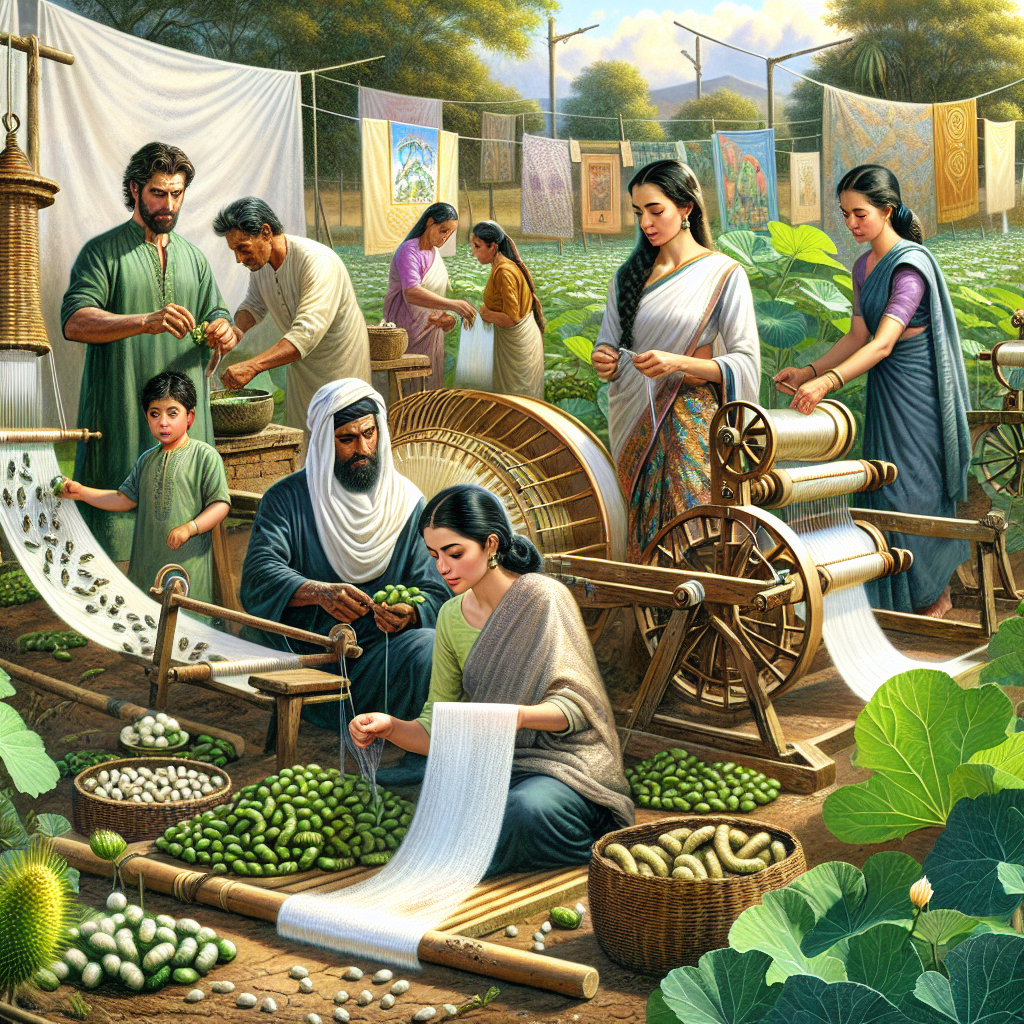Sericulture Renaissance: A Silk Revolution in India's Northeast
Union Minister Pabitra Margherita emphasized the growth of sericulture into a vital industry in Northeast India, which boosts the economy and provides livelihoods, especially for tribal women. Collaborative efforts between government departments are crucial for sustainable silk production and expansion into cooler regions like Kalimpong and Uttarakhand.

- Country:
- India
Union Minister Pabitra Margherita announced on Monday that sericulture is emerging as a fast-growing industry in the northeast of India, significantly benefiting the local economy. He advocated for cooperative efforts between central and state government departments to advance the silk sector, according to an official statement.
During his visit to the Muga Eri Silkworm Seed Organisation (MESSO), the Minister highlighted northeast India's sericulture industry as a major source of livelihood, particularly for tribal women. He emphasized the necessity of department collaboration to foster sustainable growth in the silk industry, secure employment, and preserve traditional skills.
Margherita also noted MESSO's initiatives to introduce Muga culture to cooler areas such as Kalimpong in West Bengal and Uttarakhand to combat climate change effects. He called for enhanced seed production efficiency to satisfy national demand for Muga and Eri silk. The Central Silk Board's MESSO, with 13 field units spread across the northeast and Tamil Nadu, serves as a crucial element of the regional sericulture industry, supporting the quality production of Muga and Eri silkworm seeds.
(With inputs from agencies.)
ALSO READ
Will formulate law to prevent transfer of land to infiltrators if they marry tribal women: Home Minister Amit Shah in Jharkhand's Seraikela.
Hemant Soren encouraging Bangladeshi infiltrators who are indulging in multiple marriages with tribal women, alleges Shah in Jharkhand.
BJP Accuses Infiltrators of Targeting Tribal Women in Jharkhand










